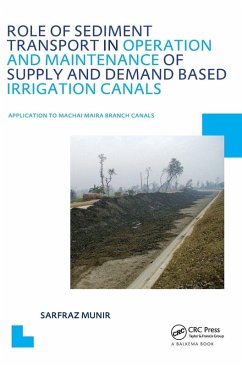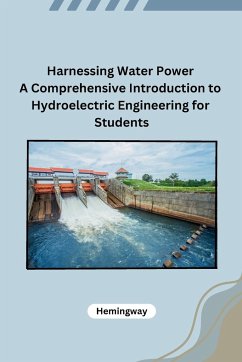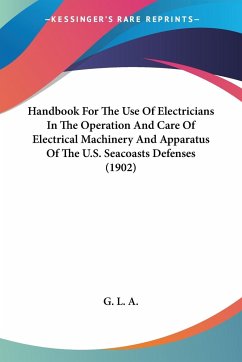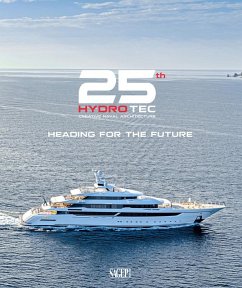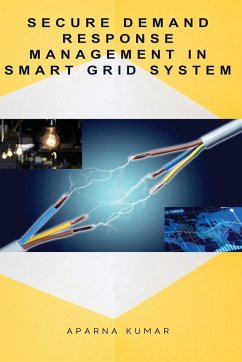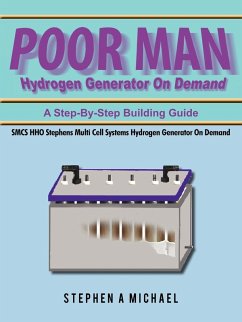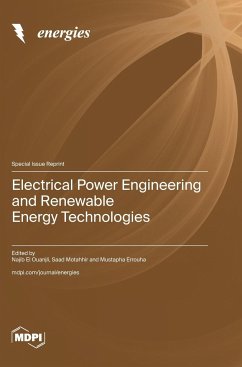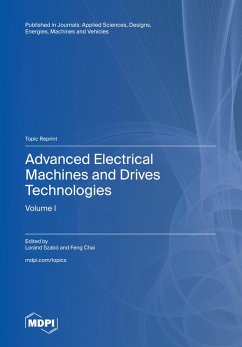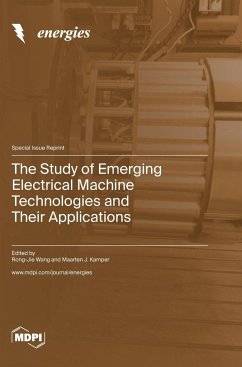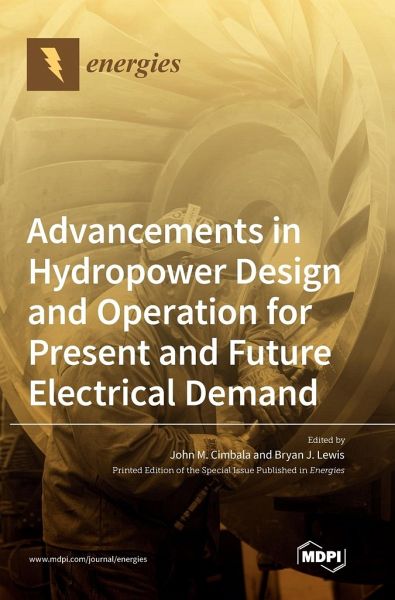
Advancements in Hydropower Design and Operation for Present and Future Electrical Demand
Versandkostenfrei!
Versandfertig in 1-2 Wochen
52,99 €
inkl. MwSt.

PAYBACK Punkte
26 °P sammeln!
With current infrastructure, meeting the ever-growing demand for electrical energy across the globe is becoming increasingly difficult. The widespread adoption of both commercial and residential non-dispatchable renewable energy facilities, such as solar and wind, further taxes the stability of the electrical grid, often causing traditional fossil fuel power plants to operate at lower efficiency, and with increased carbon emissions. Hydropower, as a proven renewable energy technology, has a significant part to play in the future global electrical power market, especially as increasing demand f...
With current infrastructure, meeting the ever-growing demand for electrical energy across the globe is becoming increasingly difficult. The widespread adoption of both commercial and residential non-dispatchable renewable energy facilities, such as solar and wind, further taxes the stability of the electrical grid, often causing traditional fossil fuel power plants to operate at lower efficiency, and with increased carbon emissions. Hydropower, as a proven renewable energy technology, has a significant part to play in the future global electrical power market, especially as increasing demand for electric vehicles will further amplify the need for dispatchable energy sources during peak charging times. Even with more than a century of proven experience, significant opportunities still exist to expand the worldwide hydropower resources and more efficiently utilize existing hydropower installations. Given this context, this Special Issue of Energies intended to present recent developments and advancements in hydropower design and operation. This Special Issue includes five articles, authored by international research teams from Japan, Pakistan, Sweden, Norway, the United States, and China. The authors bring the collective expertise of government research laboratories, university professors, industry research engineers, computer scientists, and economists. The articles explore advancements in hydroturbine and pump-turbine design, power plant operation, auxiliary equipment design to mitigate environmental damage, and an exploration of community-owned small hydropower facilities.





